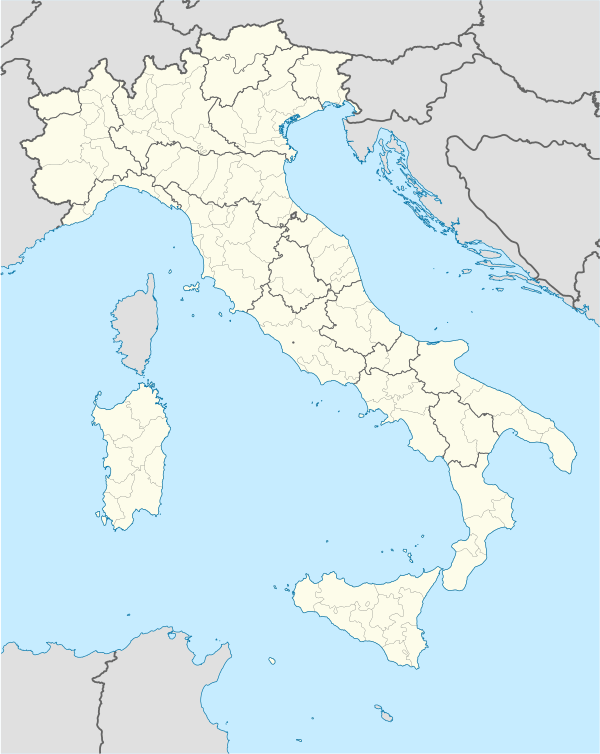Lettomanoppello
| Lettomanoppello | |
|---|---|
| Comune | |
| Comune di Lettomanoppello | |
 Lettomanoppello Location of Lettomanoppello in Italy | |
| Coordinates: 42°14′N 14°2′E / 42.233°N 14.033°ECoordinates: 42°14′N 14°2′E / 42.233°N 14.033°E | |
| Country | Italy |
| Region | Abruzzo |
| Province | Pescara (PE) |
| Frazioni | Canale Calvario, Lavino Chiuse |
| Area | |
| • Total | 15 km2 (6 sq mi) |
| Elevation | 370 m (1,210 ft) |
| Population (1 January 2007) | |
| • Total | 3,098 |
| • Density | 210/km2 (530/sq mi) |
| Demonym | Lettesi |
| Time zone | CET (UTC+1) |
| • Summer (DST) | CEST (UTC+2) |
| Postal code | 65020 |
| Dialing code | 085 |
| Patron saint | San Nicola di Bari |
| Saint day | 6 December |
| Website | Official website |
Lettomanoppello is a town and comune in Pescara province, in Abruzzo, central Italy. In Roman times the area was known for its asphalt mines and later for a white stone that could be carved.
Geography
The town is situated near the Majella National Park, about 30 minutes away from the city of Pescara. The mountainous region offers sightseeing in the wilderness or on its highest peaks. The elevation stretches from about 300 metres (980 ft) above sea level and a road leads right up the top, at 2,100 metres (6,900 ft). During winter it becomes a spot for skiing and winter sports in the mountains.
The town is commonly called "Lu Lette" and the mountain passages are commonly called "Passe Lanciano" by locals.
History
The history of the current town dates back to the 11th century but was certainly occupied earlier by Romans to excavate asphalt. It is also quarried for its white stone and marble.